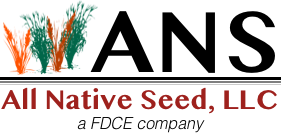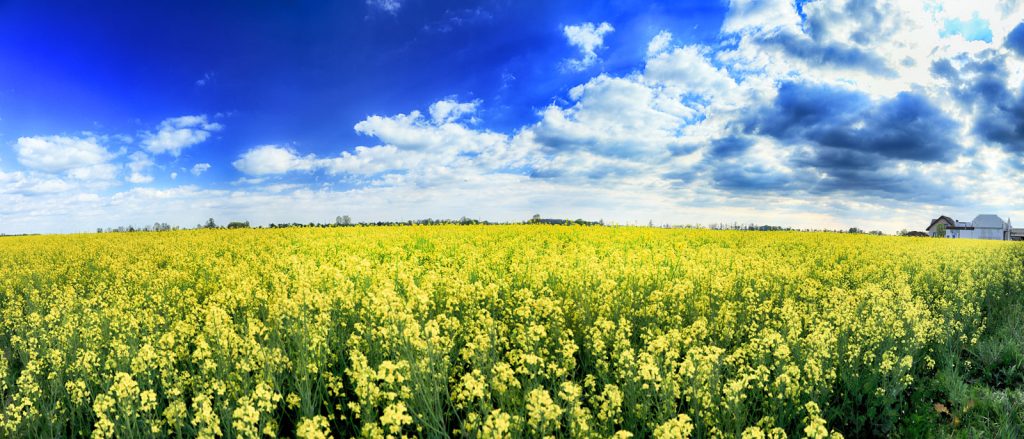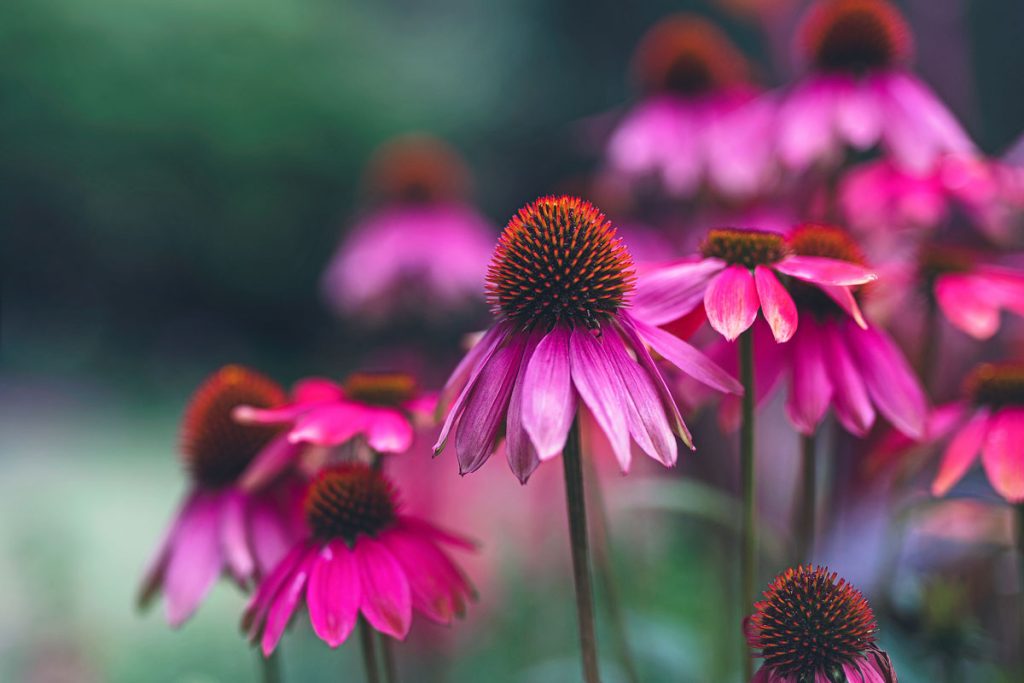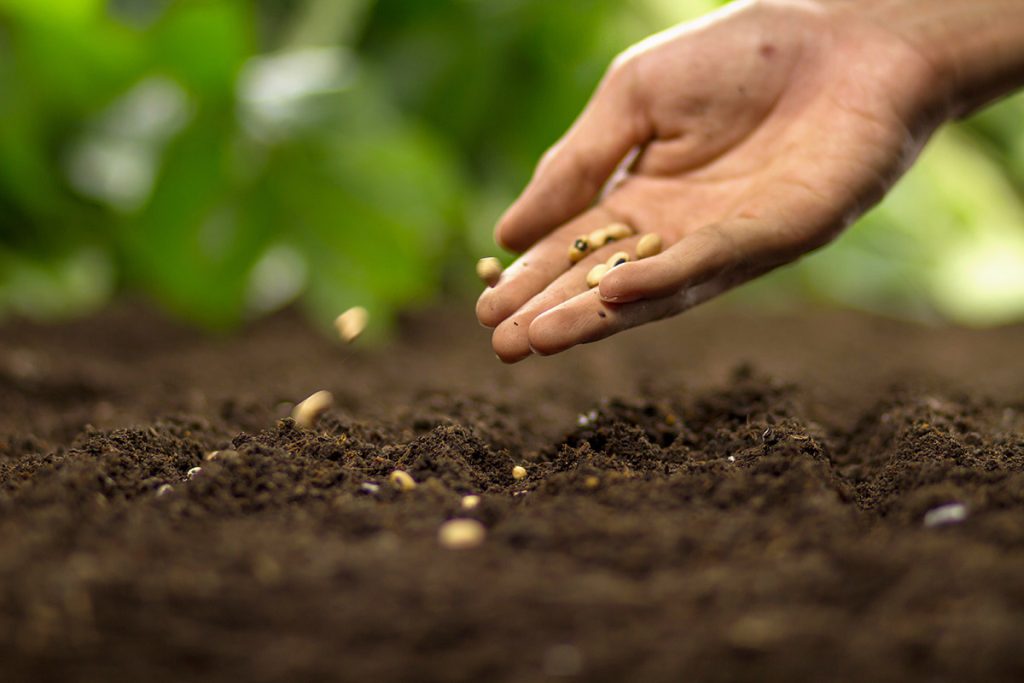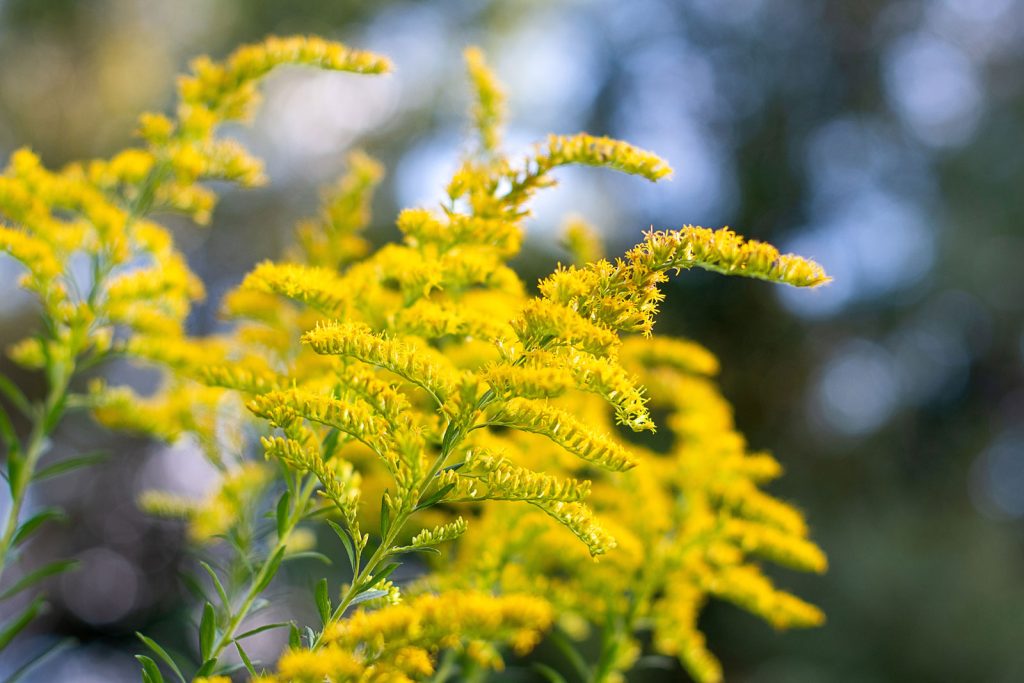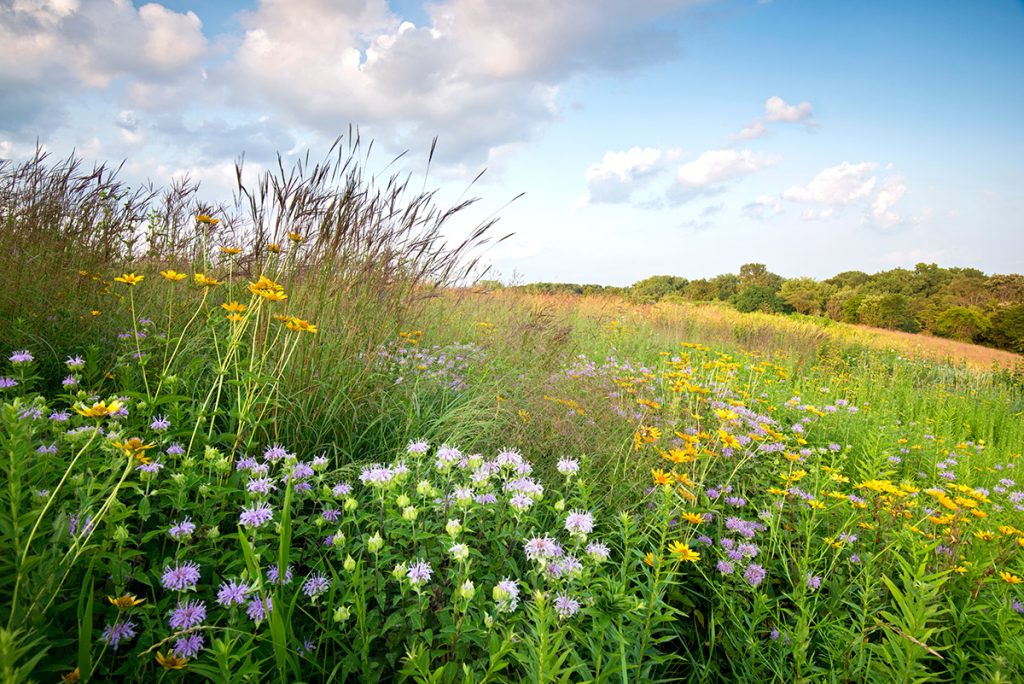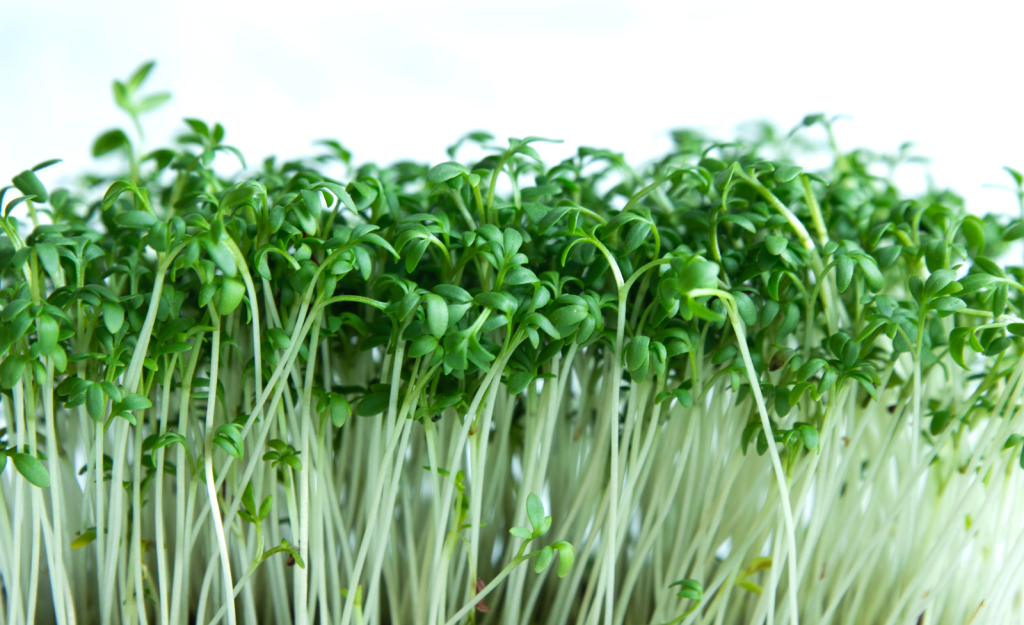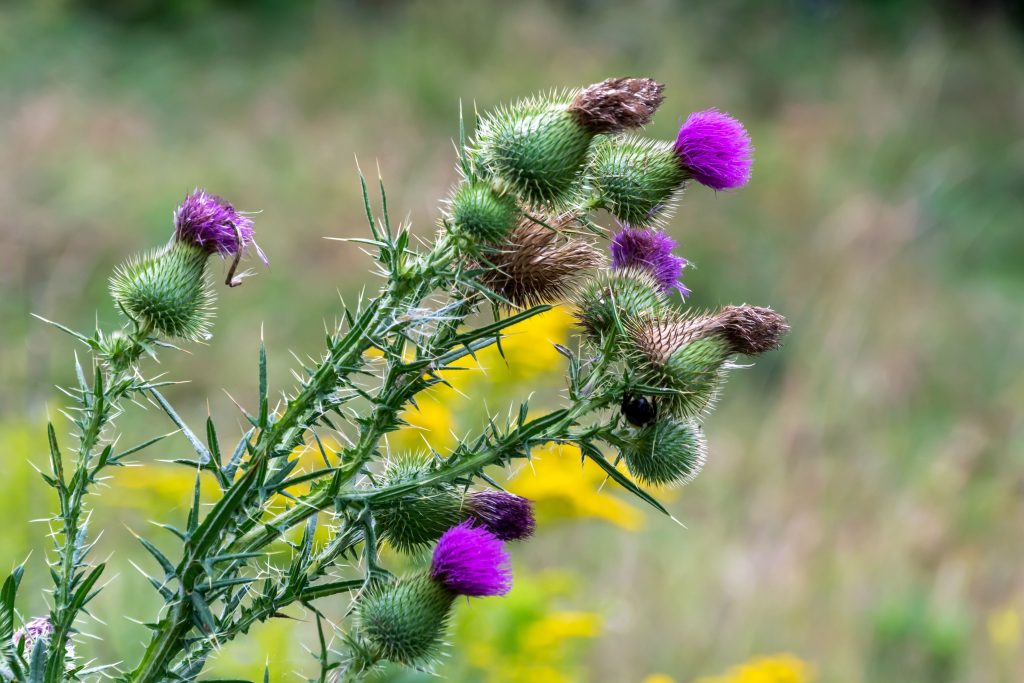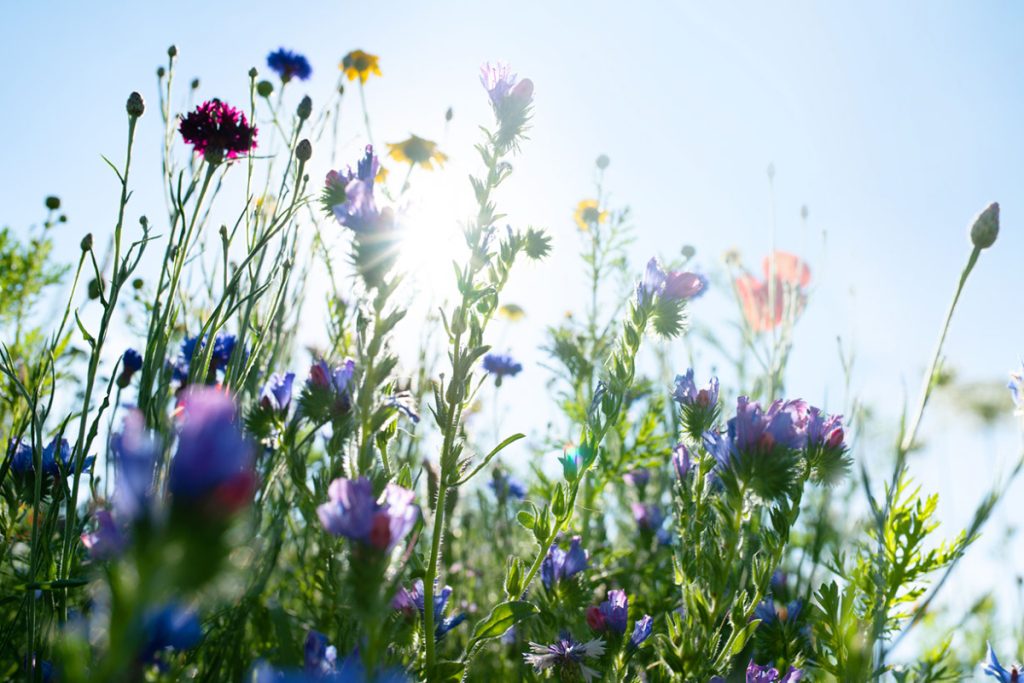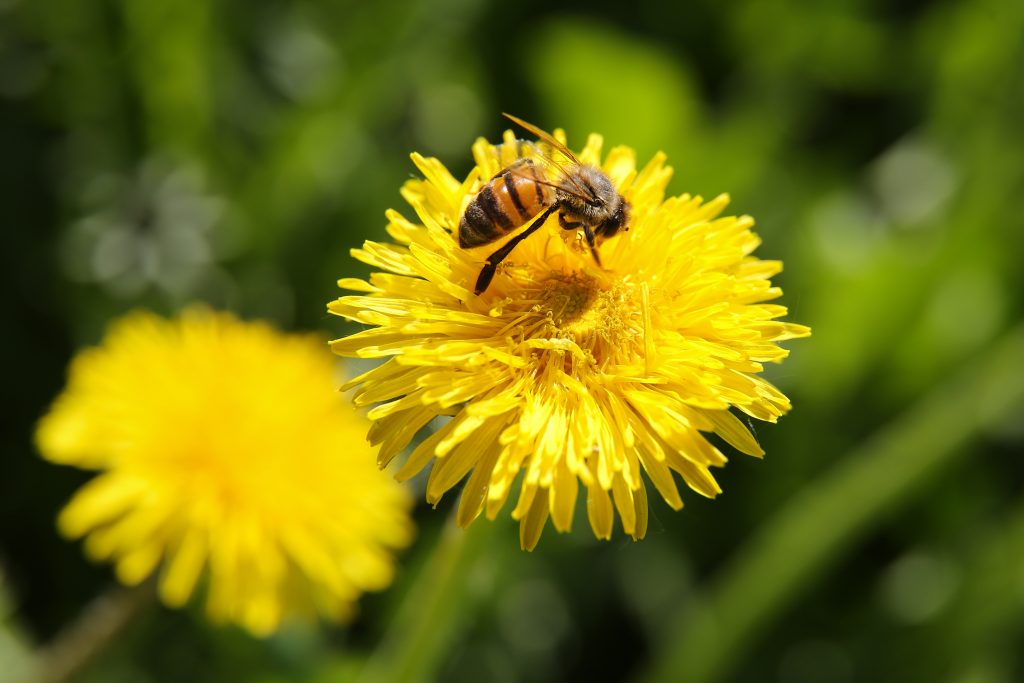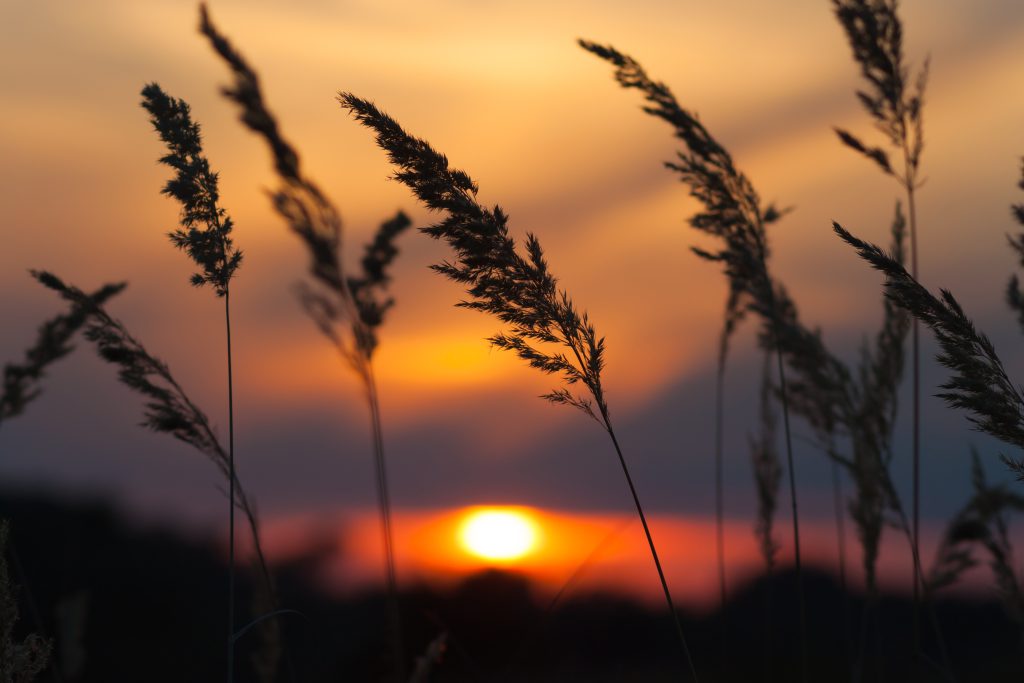Sowing Sustainability: Embarking on Your First CRP Project
Embarking on your first Conservation Reserve Program (CRP) project is a significant step towards nurturing the land, promoting biodiversity, and creating a safe haven for wildlife. As you delve into the world of conservation, let’s explore the journey of starting your inaugural CRP project—a venture that holds the promise of sustainable landscapes, vibrant ecosystems, and […]
Sowing Sustainability: Embarking on Your First CRP Project Read More »
